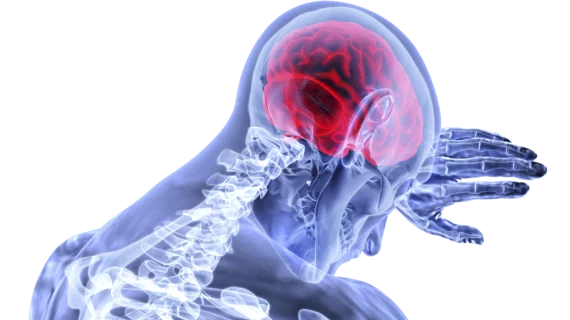Targeted plasticity therapy (TPT)—a novel approach to stroke treatment that involves stimulating the vagus nerve to accelerate plasticity in the brain—can double stroke patients’ rates of upper limb recovery, according to research published in Stroke. Paired with traditional motor-skill rehabilitation, it’s twice as effective as standard therapy.
TPT, first invented by University of Texas at Dallas professor Michael Kilgard in 2009, “looked to transform long-term care and restore quality of life to patients for whom that had thus far been impossible,” according to Kilgard. The technique pairs physical movements with timed vagus nerve stimulation (VNS) via a device implanted on the nerve in the neck.
The vagus nerve controls the parasympathetic nervous system, meaning it oversees major functions like circulation and digestion. Synching VNS with movement is thought to accelerate plasticity in a damaged brain, helping it to recover.
The study, led by UT Dallas Texas Biomedical Device Center chief medical officer Jane Wigginton, enrolled 17 people across the U.S., all of whom had suffered a stroke within five years of study enrollment. After having a VNS device implanted, each subject received six weeks of in-clinic rehab, followed by a home exercise program. Half were randomized to treatment with active VNS; others received control VNS.
One, 30 and 90 days after therapy, Wigginton and her colleagues found that patients who received active VNS scored more than twice as high on a stroke-specific performance test as control subjects. The therapy appeared to double the rate of upper limb recovery in treated patients and, when paired with motor-skill rehab, was twice as effective as rehabilitation alone.
Commenting in a release, Kilgard, who wasn’t involved in the present study, said the trial will open the way for larger, more extensive clinical trials.
“These results show our method has immense potential,” he said. “We’re excited about what this could mean for millions of stroke patients worldwide.”

